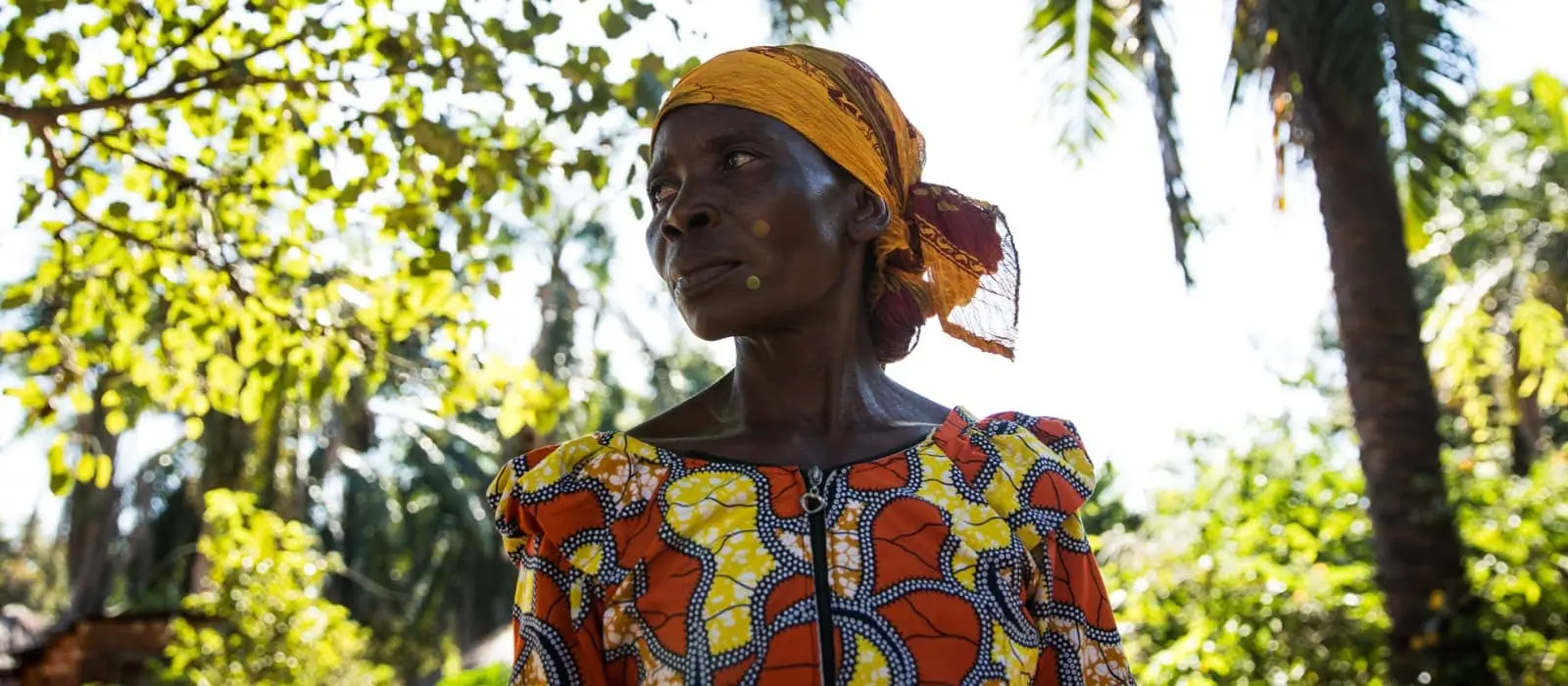In 2023, over 648 million people are living in extreme poverty. Since 2020, that number has increased by more than half a million people. Put another way, that means over 8% of the world's population lack basic assets or do not see a return on the assets they have.
For these 648 million people, these circumstances fuel a cycle of poverty that they're unlikely to break on their own. Many have inherited this cycle from their parents. Many will pass it on to their own children.
What does this mean for ending poverty? Here, we explain both what the cycle of poverty is, the two factors that fuel it, and how we at Concern address both in order to break the cycle.
The four types of poverty
Poverty is dynamic, and numbers don’t tell the whole story. Often these numbers only give us a snapshot of people’s lives at one particular moment in time. Many families move in and out of poverty, experiencing it only occasionally or living on less than $2.15 a day for long stretches of time. Broadly, we can look at four different types of poverty:

1. Occasionally Poor

Occasional Poverty and Cyclical Poverty both represent transient poverty. People experiencing either of these types of poverty can expect to spend periods of time living above the poverty line. People experiencing Occasional Poverty are more likely to spend long stretches of time above the poverty line. However, an unexpected event, such as a fire or tsunami, can leave these groups more vulnerable.
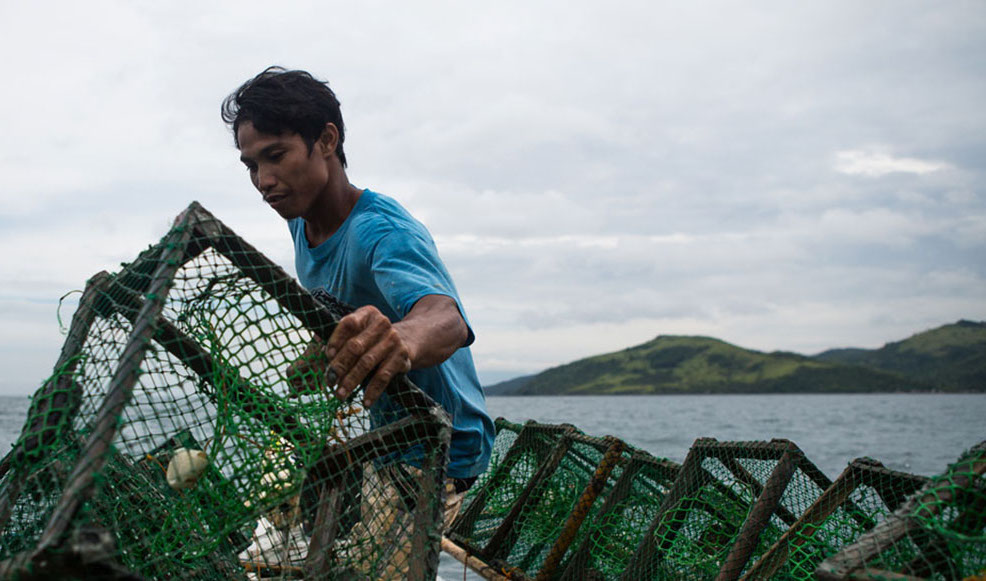
2. Cyclically Poor

What if the shocks that trigger periods of poverty for the Occasionally Poor are less severe but more consistent? This is the situation faced by millions of families who rely on agriculture for both their food and their livelihoods around the world. During peak periods, such as harvests, there is usually guaranteed income — either from working on someone else’s farm or from selling what’s harvested at the local market. Even without droughts or floods, hunger seasons between harvests can happen every year, resulting in Cyclical Poverty.
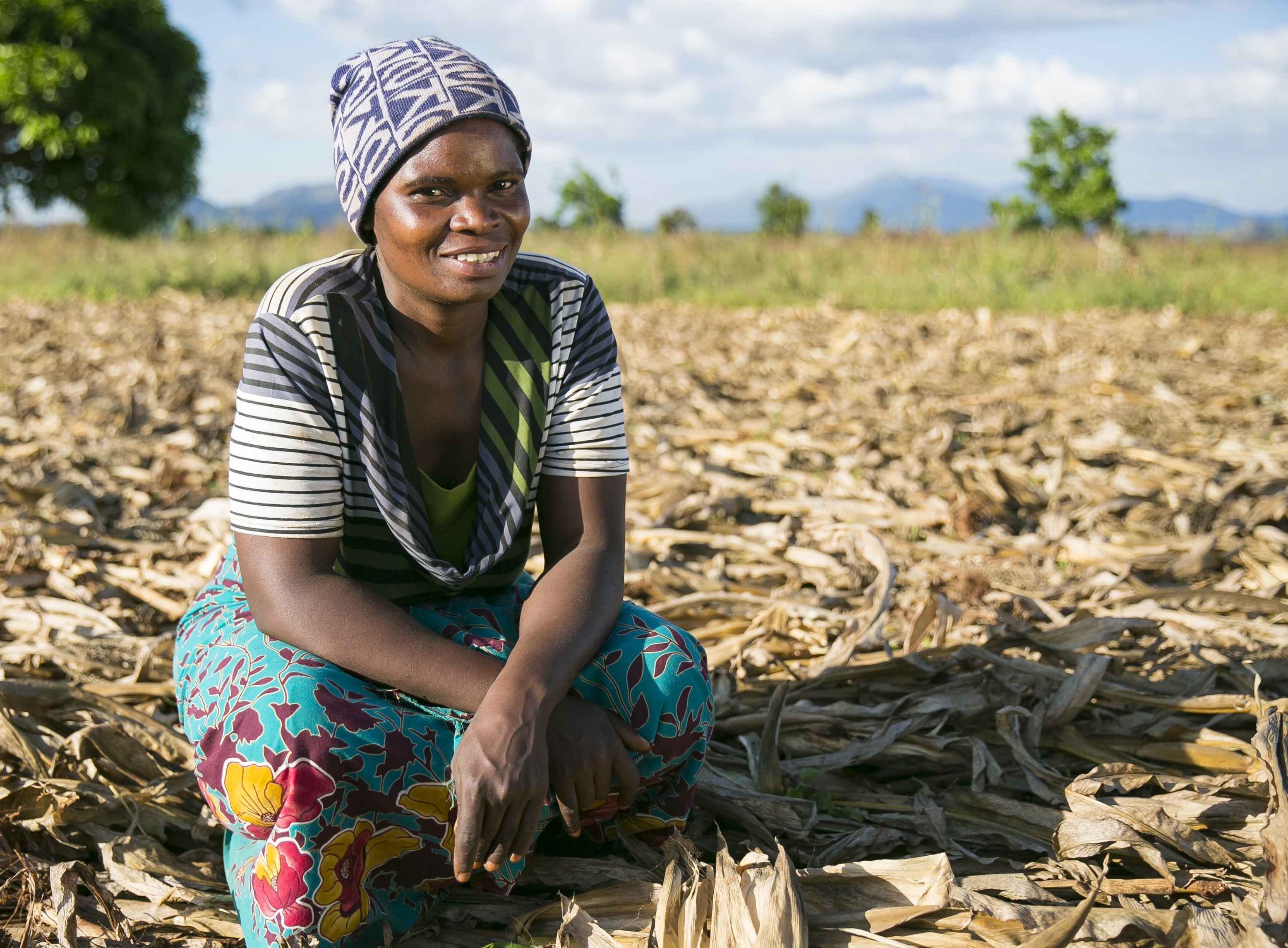
3. Usually Poor

Usual Poverty is an inverse of Occasional Poverty: People experiencing Occasional Poverty are generally above the poverty line and only fall below due to an unexpected setback. People experiencing Usual Poverty are generally below the poverty line with the exception of an unanticipated windfall. This could be in the form of a good rain after a dry spell, or someone finding a short-term job that pulls their family above the poverty line for a few months.
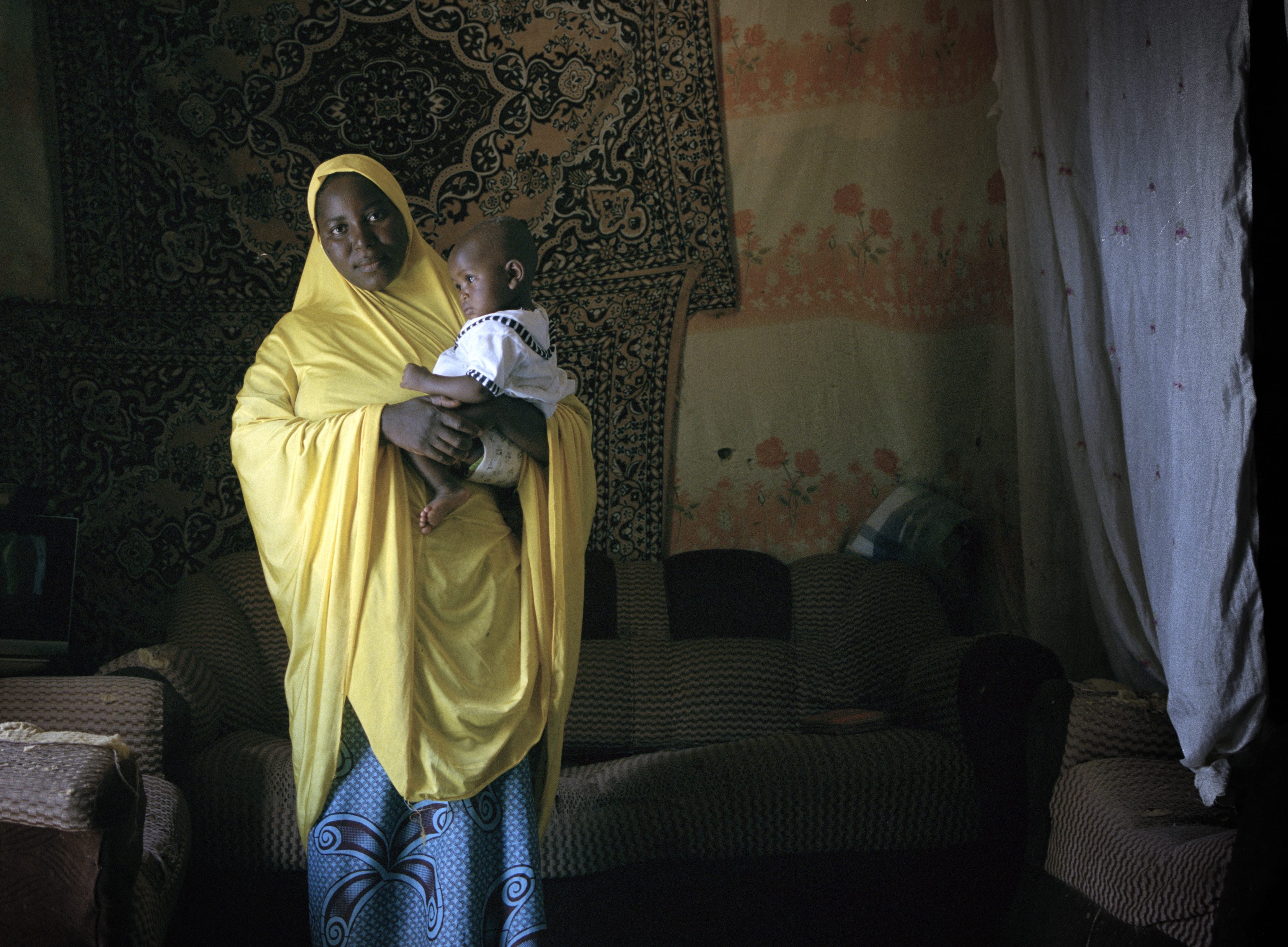
4. Always Poor

Those who are Always Poor, like people experiencing Usual Poverty, tend to be those who experience poverty over long periods of time — in many cases, over generations. Families experiencing Usual Poverty may either benefit from a good harvest or a rare period of high-income labor. However, families classified as Always Poor live consistently below the poverty line, even if there’s some fluctuation in their income following harvests or work opportunities.
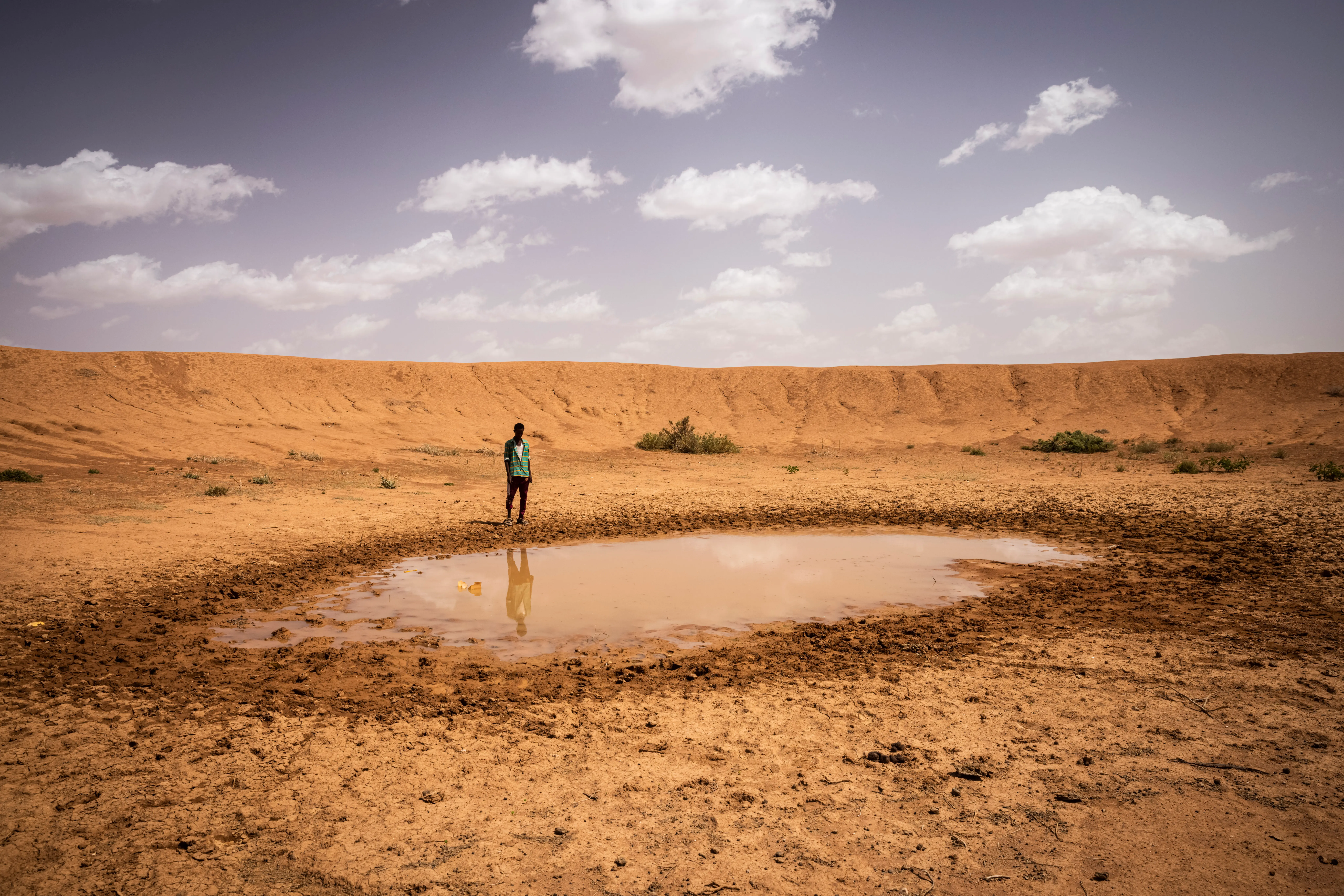
What fuels the cycle of poverty?
As noted above, while the different types of poverty are centered on lack of assets or lack of a return on those assets, they also suggest different causes and maintainers of poverty. The obstacles that keep a community in Lebanon in extreme poverty may be totally different than those keeping a community in Malawi in extreme poverty. That said, we can boil all of this down into two key dimensions that, when combined, equal poverty: marginalization and risk.

As noted above, while the different types of poverty are centered on lack of assets or lack of a return on those assets, they also suggest different causes and maintainers of poverty. The obstacles that keep a community in Lebanon in extreme poverty may be totally different than those keeping a community in Malawi in extreme poverty. That said, we can boil all of this down into two key dimensions that, when combined, equal poverty: marginalization and risk.
Inequality
By inequality, we mean the systemic barriers that lead to groups of people without representation in their communities. In order for a community or country to work its way out of poverty, all groups must be involved in the decision-making process — especially when it comes to having a say in the things that determine your place in society.
All types of systemic barriers (including physical ability, religion, race, and caste) serve as compound interest against a marginalization that already accrues most for those living in extreme poverty.
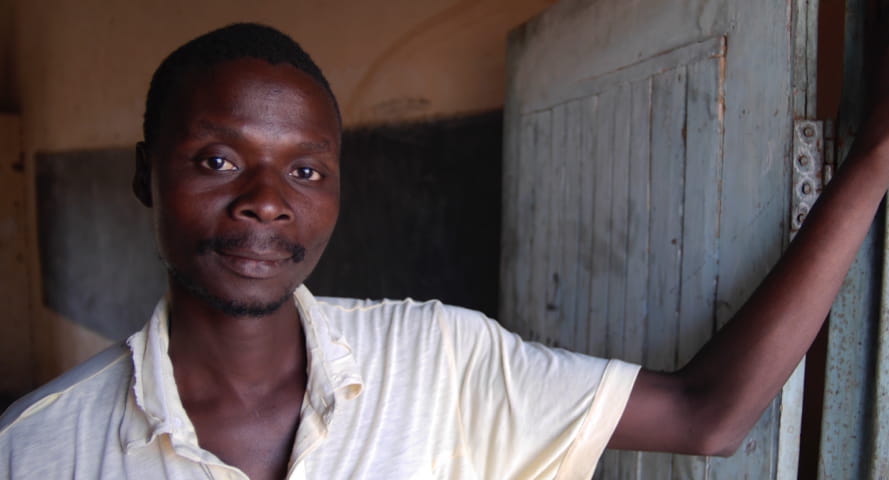
Risk
Risk is the combination of a group’s level of vulnerability and the hazards they face. The more vulnerable a group is — and the more hazards they face — the harder it is to break the cycle of poverty. As noted above, risk often takes the form of emergencies: natural disasters, outbreaks of disease, and conflict all hit more vulnerable groups harder.
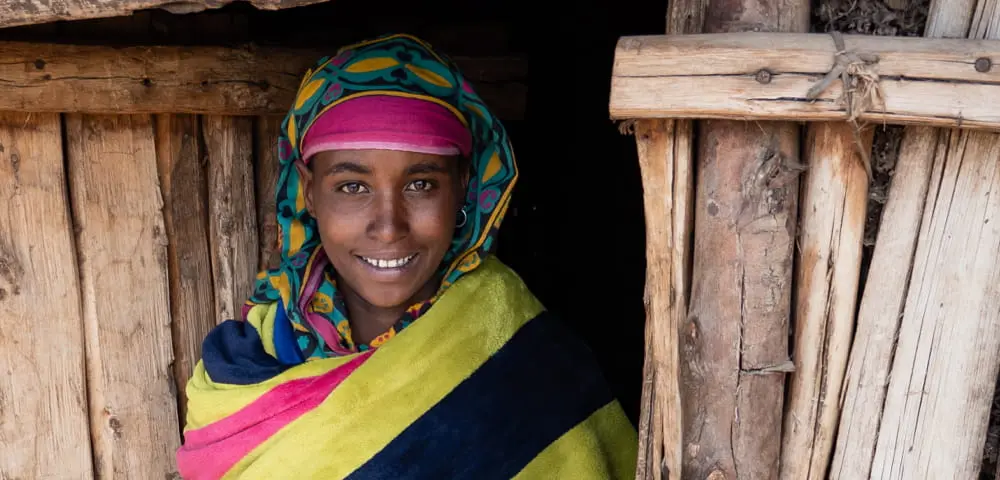
How do we break the cycle of poverty?
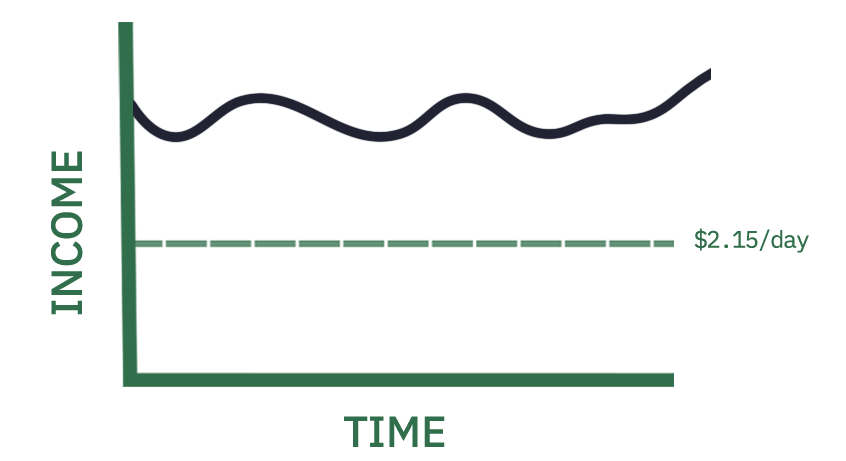
While each situation is different, Concern’s approach to breaking the cycle of poverty focuses on addressing marginalization and risk. Looking at the waves that represent each type of poverty, our goal is to design interventions and programs that straighten each of the waves out, and move the overall line above the poverty line.
Addressing inequality
It stands to reason that, if there’s no one-size-fits-all approach to poverty, there’s also no one-size-fits-all approach to ending it. To address inequality, we consider the different starting points within communities, acknowledging the different skills and means that people already have and addressing the different barriers that people may face. Our approach to building equity is rooted in the knowledge that it’s not enough to focus on giving everyone the same resources to succeed. We have to focus on helping everyone achieve the same results.
For instance, one of the reasons that our work focuses on women and children is that gender inequality remains the most pervasive inequality (and one that intersects with other forms of inequality based on age, ethnicity, race, disability, caste, religion, sexual orientation, or geographical location).
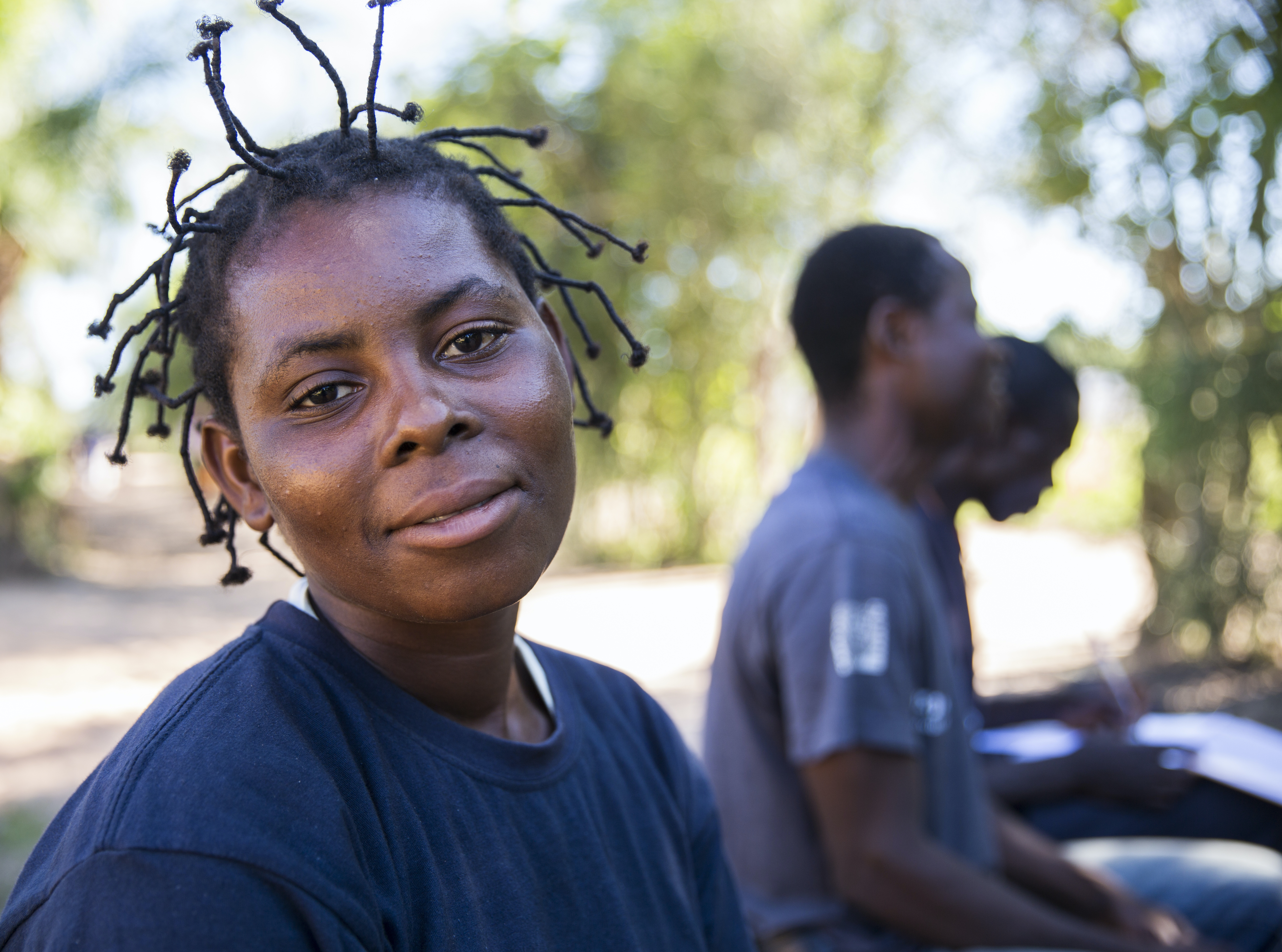
In the countries where Concern works, we prioritize understanding the ways that gender disparity presents at the national and local level, and how those inequities affect participation in our programs. We then look for ways to bring women not only into our programs, but also into our staff and leadership in each country. With younger generations, we work to address gender imbalances and gender-based violence in the education system. With adults, we build support groups for both genders — ensuring that we’re not only fixing the symptoms, but addressing the causes to develop lasting equity.
The more we can reduce inequality, the more we can work with communities to consistently earn more and stay above the international poverty line.
Addressing risk
The other lever we can turn in order to break the cycle of poverty is offsetting risk. The more a community is better prepared against hazards, and the more resilient it is against vulnerability, the less prone they are to risk. This also requires a tailored approach given that each situation is unique.
All Concern programs incorporate some degree of disaster risk reduction as we work to offset the potential damage or harm caused by events ranging from climate disasters to conflict. Understanding how each individual hazard may affect a community, along with how they work together, is essential to having an effective response to risk. By focusing on specific vulnerabilities in specific situations, we can plan in advance to offset both catastrophic and everyday risks, creating a more stable and consistent quality of life for the people we serve.
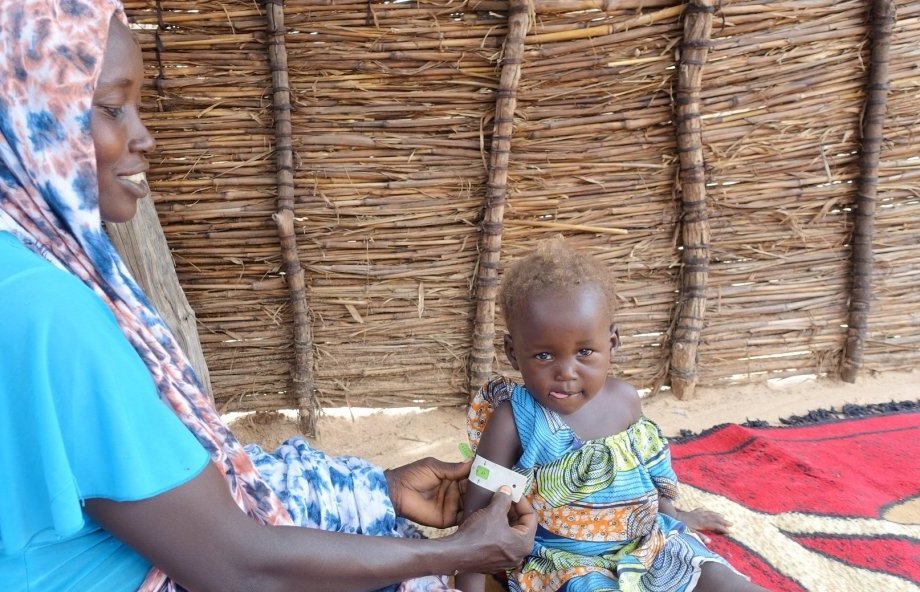
Who Concern Works with (and Why)
At Concern, our belief is that we must target our work so that it benefits primarily those living in extreme poverty. This means that we don’t always specifically target extremely poor people, but the extreme poor must be the ones who ultimately benefit from our work.
While we primarily work with the Always, Usually, and Cyclical Poor, we will also work with the Occasionally Poor when we believe that work will benefit those living in extreme poverty. This is especially true in times of natural and man-made disaster, such as the 2015 Nepal Earthquake, the ongoing Syrian conflict, or the current COVID-19 pandemic.


